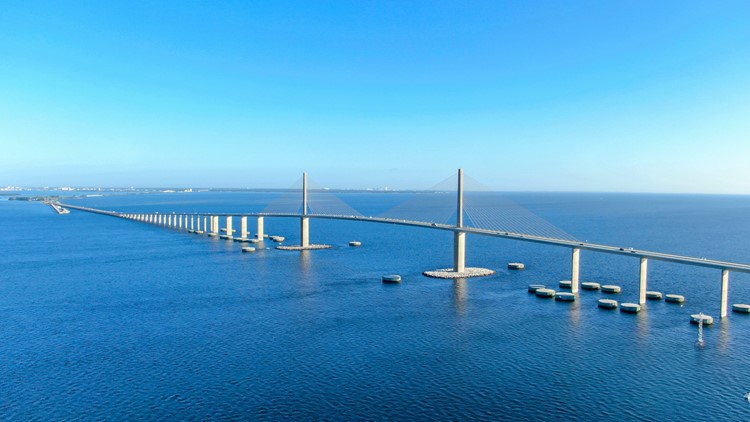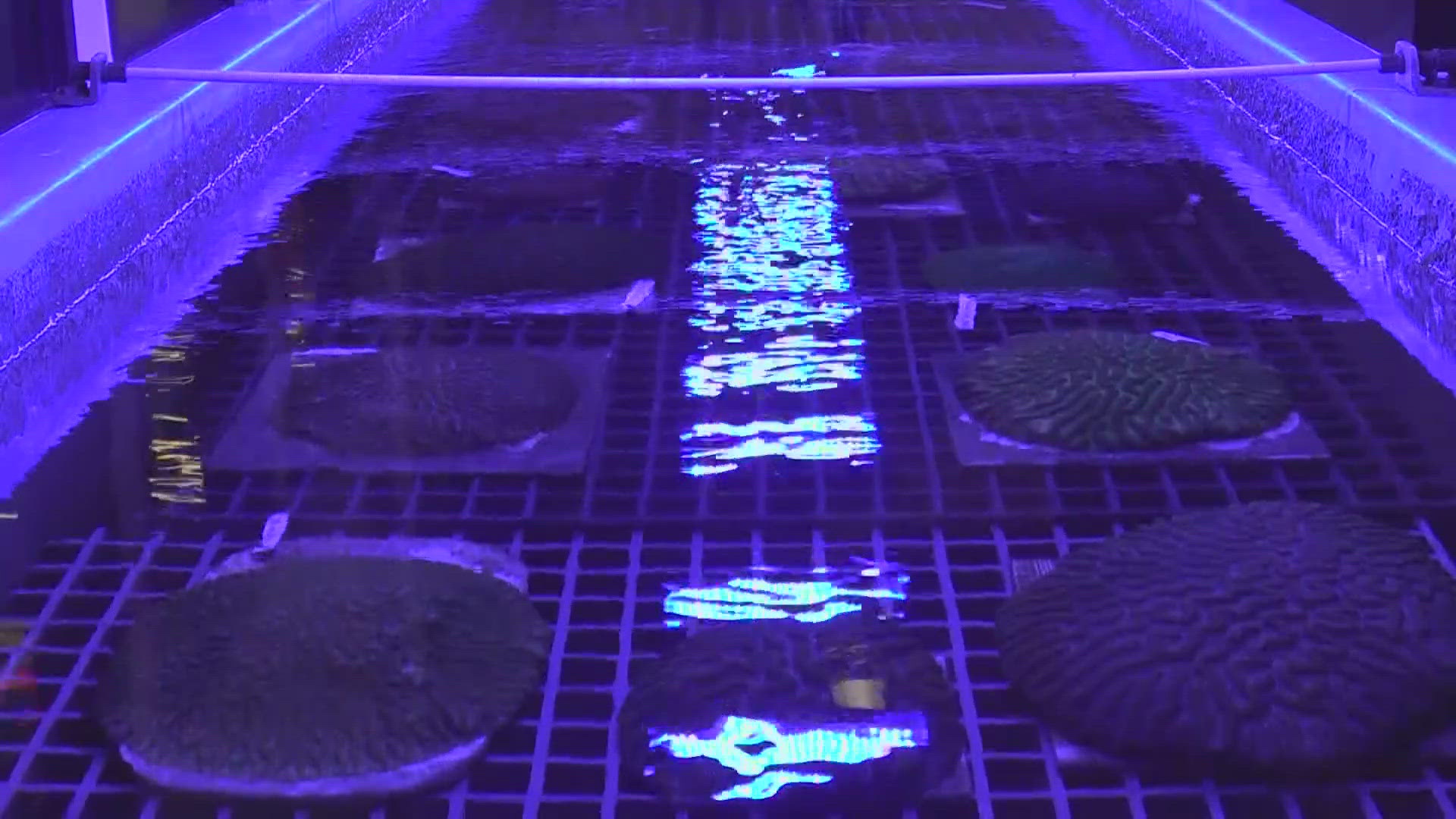ST. PETERSBURG, Fla. — Environmental advocates, scientists and policy experts will be gathering on Wednesday for a roundtable discussion on the issues Tampa Bay is facing.
The event, called "Our Bay, Our Future: A Vision for Saving Florida's Water", will be hosted by the Ocean Conservancy and is open to the public. Members of the community can attend the roundtable at 6 p.m. at the St. Petersburg Woman's Club.
Panelists for the roundtable will include Tampa Bay Watch Executive Director Peter Clark, Tampa Bay Waterkeeper board member Adam Fernandez, USF Professor at the College of Marine Science Dr. Thomas Frazer, Ocean Aid 360 Executive Director Capt. Neill Holland, Keep Pinellas Beautiful Program Director Stephanie Lawler-Ellington and Tampa Bay Estuary Program Community Programs Scientist Sheila Scolaro.
Members of the roundtable will not only discuss the Bay's environmental challenges but outline key solutions local leaders can implement.
Last year, two separate reports from the Tampa Bay Estuary Program painted dire portraits of the health of Tampa Bay.
One report revealed the quality of water for a portion of Tampa Bay had worsened for the sixth straight year. Old Tampa Bay, the northern body of water that sits between Hillsborough and Pinellas counties, has consistently seen an uptick in harmful nutrients that have contributed to yearly algae blooms.
Researchers say the source of the problem can be traced back to the various bridges and causeways that sprawl across the bay. The Gandy, Bayside, and Howard Frankland Bridge, along with the Courtney Campbell Causeway, are preventing water from naturally flowing out into the Gulf of Mexico, where the excess nutrients can be flushed out.
Adding to the issue are all the fumes being emitted by cars that cross the bay, which find their way back down towards the water as nutrients.
The worsening water quality of the Bay is what researchers say contributed to 5,400 acres of seagrass being lost between 2018 and 2020. That loss equates to 13 percent of the bay's lush bed of grass. And while researchers say the die-off was found throughout the body of water, the majority of the loss — around 3,200 acres — happened north, in Old Tampa Bay.
Seagrass wears many hats in an estuary's ecosystem. It not only feeds marine life, like manatees and sea turtles, but its extensive root system stabilizes the sea bottom creating a barrier for storms.
Tampa Bay has typically been seen as a success story for seagrass recovery. Back in the 1970s, years of pollution and mismanagement had the bay on the verge of collapsing. Only 21,653 acres of seagrass existed at that time.
Huge efforts went into curbing nutrient pollution which resulted in a record-high 41,655 acres of seagrass being documented in 2016.



